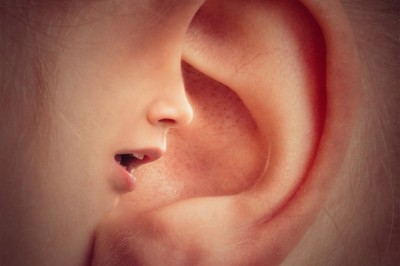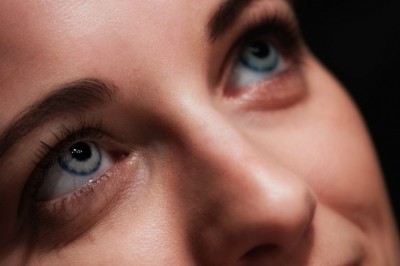Getting Used to Monovision
Monovision is the contact lens technique for presbyopia that involves fitting a corrective lens for distance on a patients dominant eye* and a near-vision one on the other. As with bifocal or multifocal lenses, it is an option that allows the same pair of contacts to be used whether one is driving or reading a book.
On the surface, this method may seem odd and one questions how clear vision can be achieved with the eyes working at different powers.
So, how does monovision work?
As we look into the distance, our dominant eye commands the brains attention as vision information is transferred. The non-dominant eye still works, of course, but the dominant eye is in the drivers seat. Even though the non-dominant eye is corrected for near vision, it does not interfere with the communication going on between the brain and the distance eye. In successful applications, the brain learns to adapt to the two extremes, minimizing any overwhelming dizzying sensation following an adjustment period. Monovision also works if the dominant eye sees distance clearly with no aid, leaving the non-dominant one to be corrected for close sight. The technique is more successful with contacts than with eyeglasses since glasses sit away from the eyes. By their design, contacts are more attuned to natural eye function.
Monovision provides effective correction for presbyopes in nearly 75% of cases; but because the method is a compromise, there are some issues that have to be dealt with. Diminished depth perception is a result of the technique, as well as possible mild headaches until one becomes used to the differing lens powers. There is also the possibility of having less distinct sharpness when viewing distance. In successful instances, the period of adaptation is approximately one to three weeks.
Contact lens applied monovision does not permanently alter eyesight, unlike refractive surgery that incorporates the technique. Contacts can be removed if a trial is not successful and vision will return to what it was before the therapy.
If you are presbyopic and want to depend less on reading glasses, then ask your eye care provider about monovision to determine if you would be a good candidate.
*Much like being right or left-handed, eyes are similarly coordinated. The dominant eye focuses for distance while the non-dominant eye handles near vision. A simple test to determine which eye is dominant involves keeping both eyes open as you raise your right arm to point at an object in the distance (approximately 20 feet away or more). Focus on the object as you continue to point and cover first your left eye and then the right. In one of these instances, your pointing finger will seem to shift to one side. Your dominant eye is the one that does not cause the shift. Your eye doctor can confirm which eye is dominant.




































